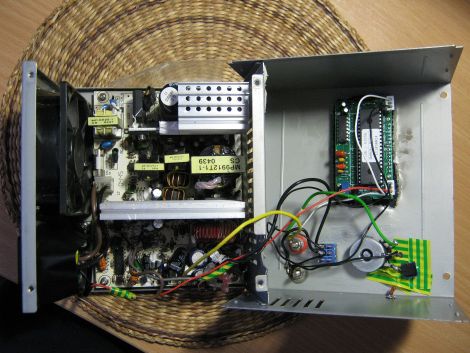
The Kinect is awesome, but if you want to do anything at a higher resolution detecting a person’s limbs, you’re out of luck. [Chris McCormick] over at CogniMem has a great solution to this problem: use a neural network on a chip to recognize fingers with hardware already connected to your XBox.
The build uses the very cool CogniMem CM1K neural network on a chip trained to tell the difference between counting from one to four on a single hand, as well as an ‘a-okay’ sign, Vulcan greeting (shown above), and rocking out at a [Dio] concert. As [Chris] shows us in the video, these finger gestures can be used to draw on a screen and move objects using only an open palm and closed fist; not too far off from the Minority Report and Iron Man UIs.
If you’d like to duplicate this build, we found the CM1K neural network chip available here for a bit more than we’d be willing to pay. A neural net on a chip is an exceedingly cool device, but it looks like this build will have to wait for the Kinect 2 to make it down to the consumer and hobbyist arena.
You can check out the videos of Kinect finger recognition in action after the break with World of Goo and Google Maps.













